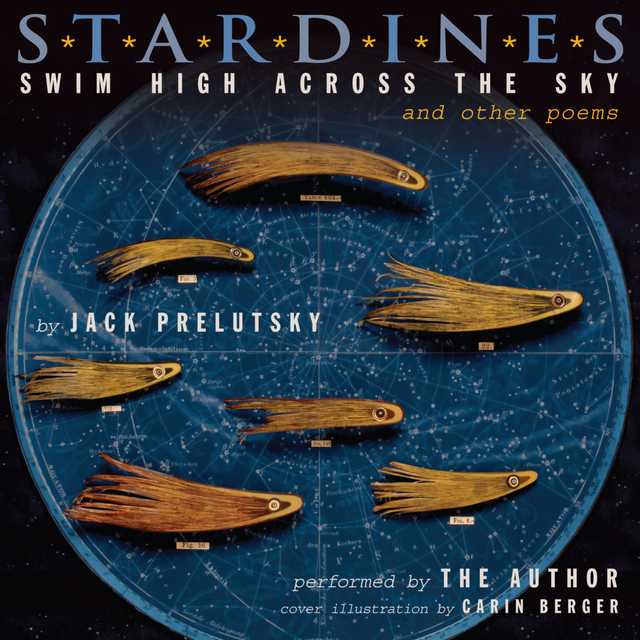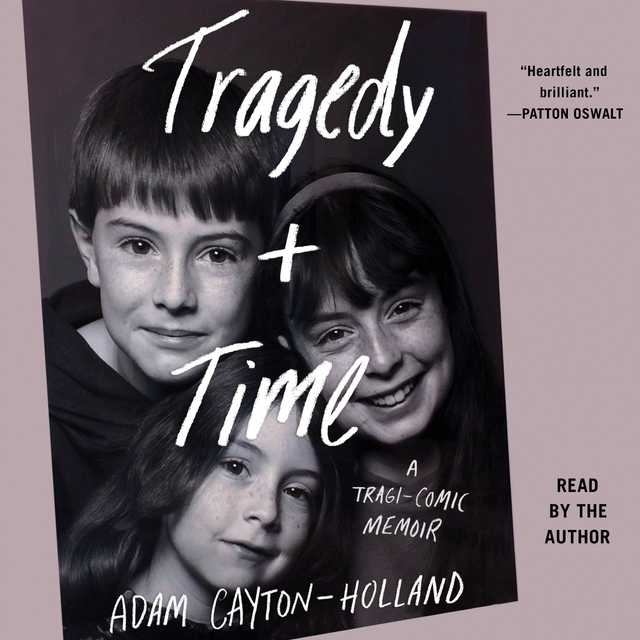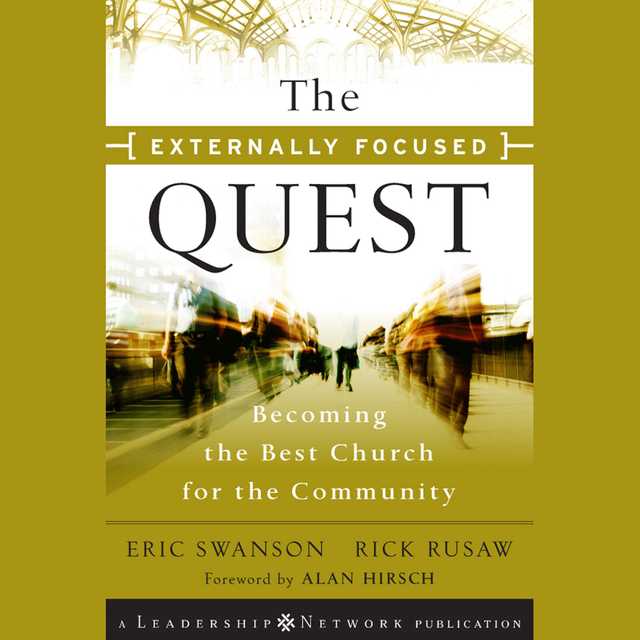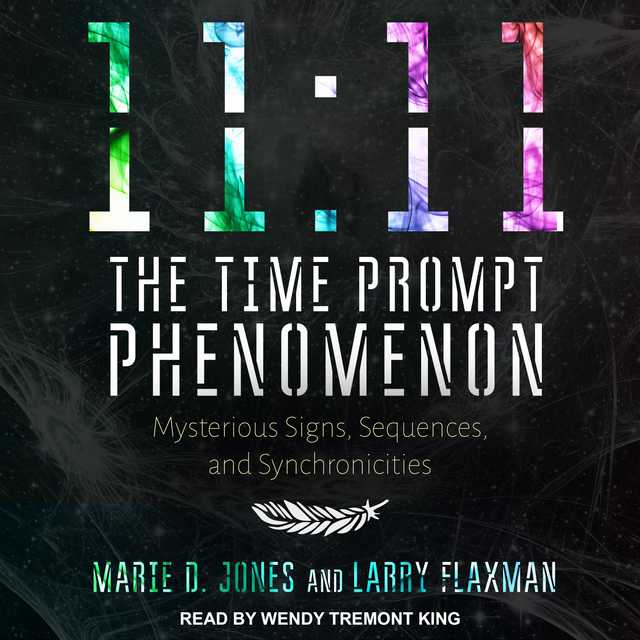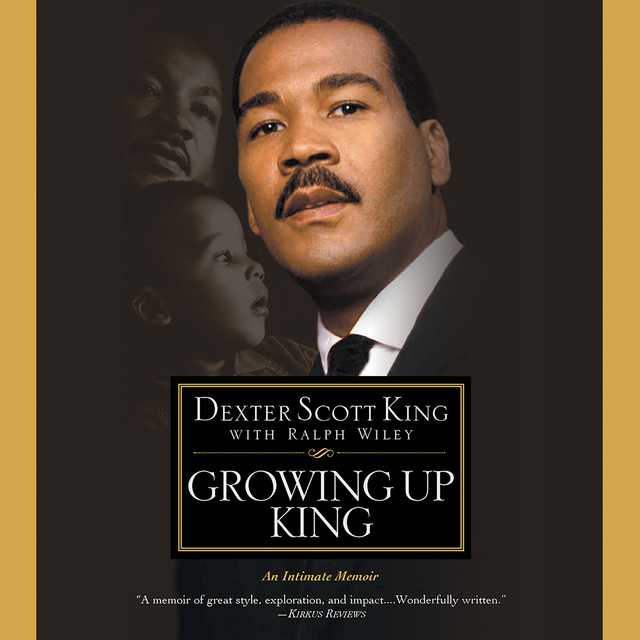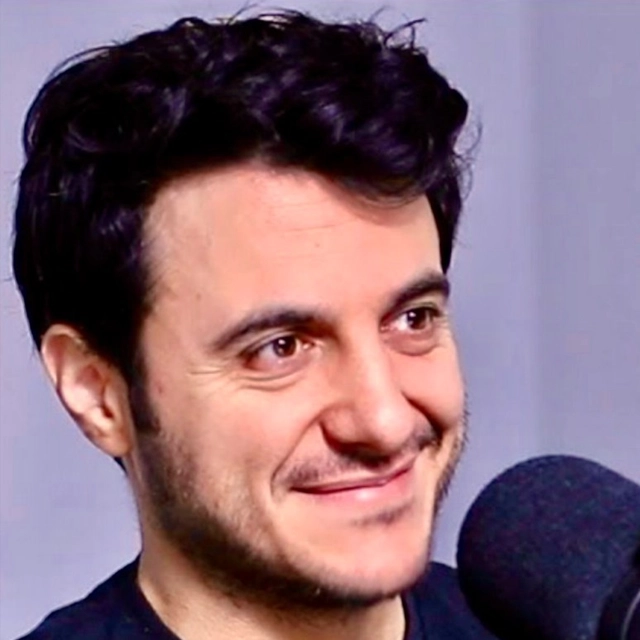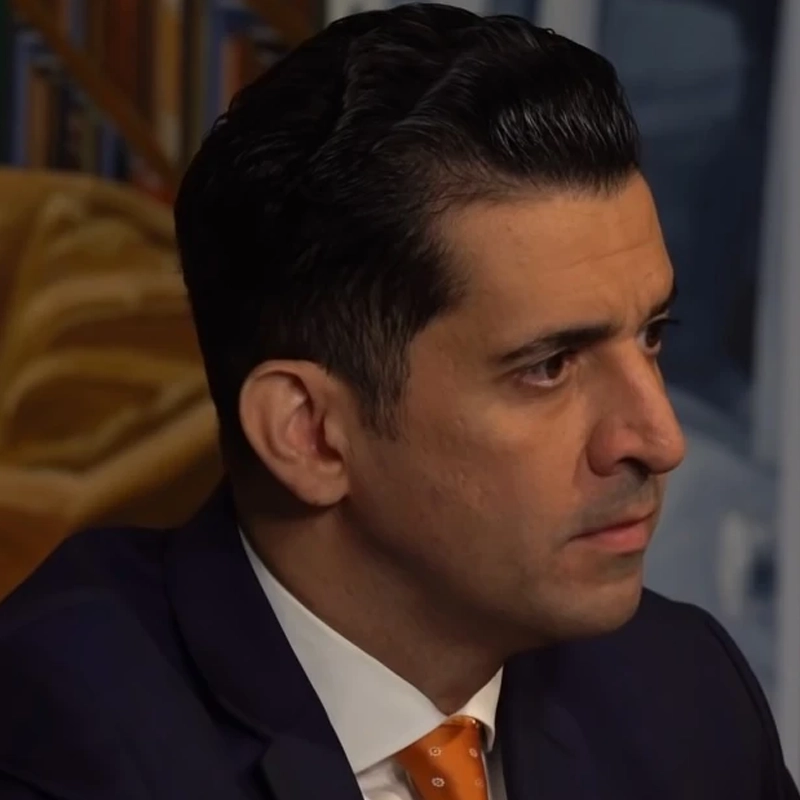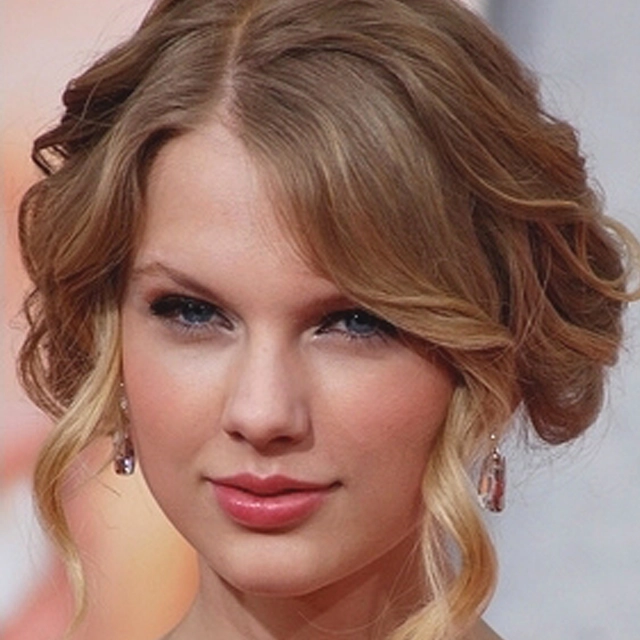Stardines Swim High Across the Sky Audiobook Summary
Beloved and bestselling poet Jack Prelutsky and New York Times Best Illustrated artist Carin Berger team up to create a new collection of silly, strange, and sensational animal poems! Told through couplets and visually arresting shadow boxes, dioramas, and cut-paper collage, Stardines Swim High Across the Sky evokes both natural history museums and wild and silly fantasy. “The zoology may be suspect, but the laughs are guaranteed.”–Publishers Weekly
Sixteen extraordinary imagined creatures inhabit the pages of this unique, inspired, humorous picture book ideal for sharing together, and for reading again and again. Jack Prelutsky reinvents many familiar and beloved animals by combining inanimate objects with them (so, for example, a pair of pants and an anteater become a panteater). Carin Berger’s illustrations are showstoppers. Her shadow boxes and dioramas utilize vintage type, ephemera, and such elements as ribbon, cards, buttons, and wood and bring the animals to life. Read it aloud, read it together: this is a catalog of effervescent silliness and will undoubtedly inspire young poets and artists alike. “The total effect is both whimsical and fascinating, with rich language in the poems and unexpected objects in the pictures to return to over and over again.’–The Horn Book
Supports the Common Core State Standards
Other Top Audiobooks
Stardines Swim High Across the Sky Audiobook Narrator
Jack Prelutsky is the narrator of Stardines Swim High Across the Sky audiobook that was written by Jack Prelutsky
Jack Prelutsky is the best-selling author of more than fifty books of poetry, including The New Kid on the Block, illustrated by James Stevenson, and Stardines Swim High Across the Sky, illustrated by Carin Berger. Jack Prelutsky lives in Washington State.
About the Author(s) of Stardines Swim High Across the Sky
Jack Prelutsky is the author of Stardines Swim High Across the Sky
More From the Same
Stardines Swim High Across the Sky Full Details
| Narrator | Jack Prelutsky |
| Length | 12 minutes |
| Author | Jack Prelutsky |
| Category | |
| Publisher | Greenwillow Books |
| Release date | February 26, 2013 |
| ISBN | 9780062224552 |
Subjects
The publisher of the Stardines Swim High Across the Sky is Greenwillow Books. includes the following subjects: The BISAC Subject Code is Animals, General, Juvenile Fiction
Additional info
The publisher of the Stardines Swim High Across the Sky is Greenwillow Books. The imprint is Greenwillow Books. It is supplied by Greenwillow Books. The ISBN-13 is 9780062224552.
Global Availability
This book is only available in the United States.
Goodreads Reviews
Betsy
January 31, 2013
To non-children’s librarians the statistics are baffling. Your average poetry book isn’t exactly a circ buster. It sits on the shelf for months at a time, gathering dust, biding its time. When kids come to the reference desk to ask for titles, they don’t tend to ask for poetry unless they’ve some sort of assignment they need to fulfill. Yet for all that poetry books for kids are shelf sitters, it’s hard to find a single one that hasn’t gone out in the last two or three months. How to account for it? Well, there’s Poetry Month (April) to begin with. That always leads to a run on the 811 portion of the library shelves. But beyond that kids read poetry in dribs and drabs over the course of the year. Maybe as Summer Reading books. Maybe as class assignments. Whatever the reason, poetry has a longevity, if not a popularity, that’s enviable. Now Jack Prelutsky, our first Children’s Poet Laureate and creator of Behold the Bold Umbrellaphant is following up his work with yet another delve into (in the words of Kirkus) “iambic ‘pun’tameter”. And while Prelutsky gives us a second round, illustrator Carin Berger steps up her game to give these hybrid birds and beasts a kick in the old artistic derriere. Forget everything you ever knew about animals. Not since On Beyond Zebra has the world seen a menagerie quite as wild as the one on display here. Step right up, folks, and take a gander at the rare and remarkable Fountain Lion. “The only lions no one dreads, / They all have fountains on their heads.” Delicious crustaceans more your speed? Then come and observe the rare Slobsters. “Their sense of decorum / Is woefully small. / Slobsters don’t have / Many manners at all.” Or for the kiddies, how about an adorable Planda? “They plan to learn to roller-skate, / To juggle, and to fence. / They plan to go to clown school / And cavort in circus tents.” With his customary clever verse, Jack Prelutsky invents sixteen imaginary animals of varying degrees of odd. Accompanying his rhymes is his old partner-in-crime Carin Berger, who has moved beyond mere collage and has gone so far to construct elaborate shadow boxes of each and every poem. The end result is impressive, hilarious, and one of the most original little poetry collections you’ll see in many a year. The shadow box, that staple of undergraduate art projects everywhere, is a relative newcomer to the world of children’s literature. A shadow box, once you’ve designed it and filled it with cool images, needs to be photographed perfectly if it’s going to work on a flat page. That means you need an illustrator confident in their abilities to produce art that will look as good in two dimensions as three. Berger is clearly up to the challenge. A master of collage, in this book she bends over backwards to make her images the best they can be. She’s very good at conveying distance. She also conveys perspective quite well. A cut image of a bicycle makes it appear to be three-dimensional because it is photographed from above. I know the image itself is just a flat piece of paper, but the illusion is complete. Everything, in fact, appears to have been planned with a meticulous eye. Even within the boxes themselves Berger's job is not easy. Consider an early poem called “Bluffaloes” which combines the word "Buffaloes" with the word “Bluff”. It’s about buffalo types who are scaredy cats should you call their bluff. Fair enough. Now how the heck do you illustrate that? In Berger’s case it looks like she may have considered an alternative definition of the word “bluff” as in “a cliff, headland, or hill with a broad, steep face” since her bluffaloes look like nothing so much as little pieces of a cliff running hither and thither on newly sprouted legs. Artistic creativity is much called for when wordplay is open ended. Of course, as an adult I’m going to be naturally inclined towards artsy fartsy styles. But this all begs the obvious question: Will kids dig it? Well, let’s stop and consider for a moment. What precisely has Berger done? She has made little boxes and put action-packed scenes within them. Who else does that kind of thing? If you said, “Kids who make dioramas for school” you have earned yourself a cookie. Yes, it appears to me that Berger has taken one of the oldest homework assignments of our age and has turned it into a book. An enterprising teacher would find a goldmine of assignment material here. What if they had their kids write their own poems in Prelutsky’s style? What if they made pairs of kids come up with the idea for the poem and then one kid could write it while the other made a diorama to go with it? Can you now say, “instantaneous original poetry project for Poetry Month”? I knew you could. Then there’s Prelutsky. He always scans. He always rhymes. And he throws in big words that will give some children a good dictionary workout. For example, in the Sobcat poem he writes, “The SOBCAT is sad / As a feline can be / And spends its time crying / Continuously. / It has no real reason / To be so morose. / It’s simply its nature / To act lachrymose.” Nice. Of course the unspoken secret to many of these poems isn’t that they simply make clever pairings of words and phrases with animals but that they say something about certain types of people. The Planda makes eternal plans and never carries them out. The Sobcat “delights / In its own misery”. You can find many a friend and a relation found in the animals of these pages. The pairings of the poems is sometimes key. It works particularly well when you place the “Jollyfish” poem next to the “Sobcat”, for example. There are other moments when you suspect that the layout and order of the poems was a carefully thought out process. The book begins, for example, with the titular poem “Stardines” which comments that “In silence, these nocturnal fish / Are set to grant the slightest wish.” That’s a good note to begin on. The book then alternates between animals with physical attributes that are their primary lure and animals with one-of-a-kind personality quirks. It’s interesting to see how all this ends with, of all the animals, the Bardvark. “BARDVARKS think they’re poets / And persist in writing rhyme. / Their words are uninspired / And a total waste of time.” So it is that book of poetry for kids ends by highlighting an animal that’s an atrocious poet. The final lines, “Undeterred, they keep on writing / And reciting every day. / That’s why BARDVARKS are a problem – / You can’t make them go away.” One can’t help but think Prelutsky is taking a little jab at himself here. Not a significant jab, but small enough to allow him to laugh at himself a little. Not a bad way to finish, really. Perhaps a key at the back of the book explaining which animals and concepts were combined would not have been out of place. I found myself baffled by the “swapitis” (pronounced swap-uh-teez) and found myself wishing I knew what animal it hailed from. It looks somewhat deer-like. After a bit of internet searching I discovered an animal called a wapitis, which is a kind of North American deer. Good to know, though I suspect it won’t immediately pop to many folks’ minds unless prompted and prodded a bit. Of course having kids find the animals referenced could be a fun homework assignment in and of itself. There are possibilities there. Just no answers. Jack Prelutsky is a staple. Folks my age still associate him with The New Kid On the Block. Kids these days have a lot more Prelutskyian choices to pick from. Berger, in contrast, is new and fresh and bright and shiny. Combine the old school rhymes and chimes of a Prelutsky with the crackling energy and visual wit of Berger and you’ve got yourself a heckuva team. Stardines may tread familiar ground once trod before, but its method of presentation is anything but overdone. Hand this one to the kid who moans to you that they “have” to read a book of poetry for school. Who knows? It may hook ‘em before they realize what’s what. One of a kind.For ages 4-8.
(Mellifluous Grant)
January 20, 2019
This book was super cute, with great art work and funny poems I didn't want to put it down.
Seth
April 19, 2018
Each poem in this book is built around a fictional animal. These animals are created by taking a common word and combining it with the ending syllables from an animal name. For example, Plan-das, Slob-sters, and Bluff-alos. The poem then details the traits of these fictional creatures. The traits are all dictated by the common word tied to the animals name. For example, “pant-eaters eat nothing but mountains of pants” or “Slobsters love mashing and smushing their food!” Each poem creatively weaves the traits unique to the chosen word and gives readers a funny visual into the life of these animals that are, for better or worse, manifestations of that word. This book best fits the genre of Poetry. This book is most appropriate as a read aloud/independent reading/shared reading for grades 3-5.I thought this was a very creative format for poetry. Each animal, though limited to the definition of its word, felt like a complex creature. I believe this book would serve as a great mentor text for poetry writing. In addition to providing a great model for students to experiment with poetry writing, it also provides a creative opportunity for vocabulary exploration. If I were an upper grade teacher I would use this book as a mentor text for a vocabulary poetry book project. This project could be worked on throughout the year with a new poem being added after a vocabulary unit. Students would pick one word from the unit that they would use to create a creature. They would then write a poem about that creature being sure to give the animal traits that are connected to the definition of their word. This project would give students an opportunity to practice poetry writing while also providing a high order thinking exploration in word definitions.
Tasha
March 27, 2013
This poetry book takes the wit of Prelutsky and combines it with equally amazing illustrations. Prelutsky tells of unusual creatures in his poems here. He writes of creatures who are a mix of animal and inanimate objects. For example, there are the Slobsters who are very messy lobsters who love being crude and dirty. There are Plandas who are pandas that sit around and make elaborate plans but never do anything. Tattlesnakes are snakes who are nosy and always tattling on others. This menagerie of incredible creatures will be enjoyed by children who love puns and humor.Prelutsky excels at creating poetry that both of interest to children but will also make them stretch their vocabulary a bit. He throws in words like “slovenly,” “pretension” and even “lachrymose.” Thanks to his rhythm and rhymes, these words slide by almost effortlessly and usually the definition can be figured out in the context. He also has woven puns and humor into all of the poems, nicely creating creatures that speak more to the human condition than to the animal. It is Berger’s art that really makes this book an incredible read. Thanks to her dioramas that show the creatures in collages and boxes, the book is a true exploration of the intriguing. She has deftly incorporated pins and labels that make the illustrations look like lab specimens, but without hampering all of the action in the images by pinning down the animals themselves. Thrilling illustrations and superb children’s poetry create a poetry book that is wild, funny and a delight to read. Appropriate for ages 7-10.
Rachel
February 26, 2013
Wonderful playful use of language shows how one or two letter changes can make a whole new word and idea. The poems also use come complex vocabulary. The illustrations add to the quirky poems with the use of depth and a variety of papers.
Niki
March 23, 2013
The pictures are great and my favorite poem is the "Tattlesnake"! I have to share that with my second graders.
Edward
February 28, 2013
Another entertaining collection of poems about fanciful critters in the tradtion of Scranimals and Behold the Bold Umbrellaphant with wonderfully whimsical mixed art by Carin Berger.
Jeanie Jo
June 21, 2018
I was first introduced to the works of Jack Prelutsky in my Children's Literature class, I took at Idaho State University. So, when I saw this book at my public library - Stardines Swim High Across the Sky I knew that I needed to make it a part of my Summer #BookaDay Challenge. "The zoology may be suspect, but the laughs are guaranteed."—Publishers WeeklyMy daughter and I read aloud this collection of poems about the sixteen creatures developed out of Prelutsky's creative mind. Things like: panteater (PANT-ee-ters), Slobsters (SLOB-stirs), Tattlesnake (TAT-ul-snake), and Plandas (PLAN-duz) to name a few of my favorites. I really like how he used nonsense words to assist students with their phonemic development. We shared many giggles, as we read through the words and looked at the paired images. After finished reading, we decided to come up with our own creative creatures. Similar to the book, we took an inanimate and animate objects:IcesasaurusbookafrogsLily discovered an iceasaurus (ICE-A-SOAR-US) that makes, eats, and skates on ice! I have inspired her to try to write a poem about this creature today. I discovered (with assistance of my daughter) the bookafrog (BOOK-A-FROG) he or she sits in a pond and reads book 24/7! My poem would go something like this:Here are a group of bookafrogs,they sit and read upon these logs.They don't do anything else, just take a looktheir homes are filled only with picture books!I could not imagine having any strife,if I had a day of a bookafrog's life.Our spontaneous activity in response to reading this book, has given me an idea for a simple writing and drawing lesson after sharing this story to my students. I wonder what other kinds of unknown creatures will be discovered in my classroom? This picture book supports the following Common Core State Standards: ELA-Literacy.RL.4.1,2,4,5,6,10; ELA-Literacy.RF.4.3,3a,4,4a,4a,4c; ELA-Literacy.L.4.3,4,5.This book was read in part of my #BookaDay Summer Reading Challenge. Please feel free to subscribe to my blog or follow me on social media to follow my journey through the books I read. Until next time .....
Angelika
September 14, 2022
This is a collection of poems, so there's not a concise plot, but all of the poems are about fictional animals like a "gloose' or a "slobster". I thought the poems were funny, but I didn't always understand them or sometimes it was particular words that threw me off. What really caught my eye were the illustrations (what's new?). These were so cool. They remind me of a scrapbook because that's exactly what it looks like. The images are also just very unique and made me laugh. I would read this in my class if we were talking about different styles of writing, but besides that I don't really see an educational point. I would for sure have this in my classroom though because it is very cool and I think the kids would laugh at it.
Malia
September 19, 2018
The art in this book is completely arresting, photographs of dioramas and shadow boxes that are like Joseph Cornell, for kids. And I love the wordplay of adding or swapping letters to make new animals, like stardines and tattlesnakes. The poems are fun but not at the level of the art for me.
Viviane
January 21, 2022
Great book of poetry (mostly rhyming poems) with funny wordplay. Stardines is just one of the poems. There are also poems about tattlesnakes and Swapitis and slobsters.
Kay
December 09, 2019
Delightful word play -- I love these creative creatures from the stardines to the bardvark, but my favorite might be the jollyfish.
Frequently asked questions
Listening to audiobooks not only easy, it is also very convenient. You can listen to audiobooks on almost every device. From your laptop to your smart phone or even a smart speaker like Apple HomePod or even Alexa. Here’s how you can get started listening to audiobooks.
- 1. Download your favorite audiobook app such as Speechify.
- 2. Sign up for an account.
- 3. Browse the library for the best audiobooks and select the first one for free
- 4. Download the audiobook file to your device
- 5. Open the Speechify audiobook app and select the audiobook you want to listen to.
- 6. Adjust the playback speed and other settings to your preference.
- 7. Press play and enjoy!
While you can listen to the bestsellers on almost any device, and preferences may vary, generally smart phones are offer the most convenience factor. You could be working out, grocery shopping, or even watching your dog in the dog park on a Saturday morning.
However, most audiobook apps work across multiple devices so you can pick up that riveting new Stephen King book you started at the dog park, back on your laptop when you get back home.
Speechify is one of the best apps for audiobooks. The pricing structure is the most competitive in the market and the app is easy to use. It features the best sellers and award winning authors. Listen to your favorite books or discover new ones and listen to real voice actors read to you. Getting started is easy, the first book is free.
Research showcasing the brain health benefits of reading on a regular basis is wide-ranging and undeniable. However, research comparing the benefits of reading vs listening is much more sparse. According to professor of psychology and author Dr. Kristen Willeumier, though, there is good reason to believe that the reading experience provided by audiobooks offers many of the same brain benefits as reading a physical book.
Audiobooks are recordings of books that are read aloud by a professional voice actor. The recordings are typically available for purchase and download in digital formats such as MP3, WMA, or AAC. They can also be streamed from online services like Speechify, Audible, AppleBooks, or Spotify.
You simply download the app onto your smart phone, create your account, and in Speechify, you can choose your first book, from our vast library of best-sellers and classics, to read for free.
Audiobooks, like real books can add up over time. Here’s where you can listen to audiobooks for free. Speechify let’s you read your first best seller for free. Apart from that, we have a vast selection of free audiobooks that you can enjoy. Get the same rich experience no matter if the book was free or not.
It depends. Yes, there are free audiobooks and paid audiobooks. Speechify offers a blend of both!
It varies. The easiest way depends on a few things. The app and service you use, which device, and platform. Speechify is the easiest way to listen to audiobooks. Downloading the app is quick. It is not a large app and does not eat up space on your iPhone or Android device.
Listening to audiobooks on your smart phone, with Speechify, is the easiest way to listen to audiobooks.

